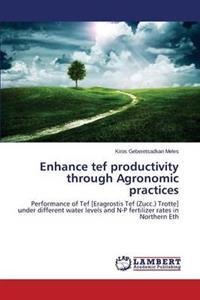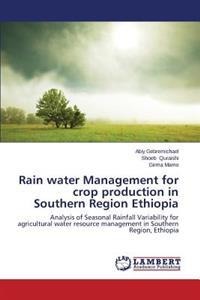
Liknande böcker
Agronomic Practices for Sustainable Sesame Yield in Coastal Region : Influence of time of sowing and crop geometry on growth and yield of sesame in the coastal region of Karaikal, India
Bok av Sivagamy K
Sesame (Sesamum indicum L.) is the oldest oilseed crop known and cultivated by man. Among the oilseed crops, sesame ranks first for having the highest oil content of 46-64 per cent and 6355 K cal per kg dietary energy in seeds. The seed of sesame is also rich in protein (20-28 %), sugar (14-16 %) and minerals (5-7 %).The specific reasons identified for the low yield of sesame in India is due to its cultivation under sub-marginal lands without due importance to the choice of appropriate season, high yielding variety, nutrient management and new agro-technological packages. One way of increasing the productivity in sesame is by increasing the number of branches leading to increase in total number of capsules per plant. Maintaining the plant population also plays a vital role in realizing the yield potential of sesame. Possibility of cultivation of sesame in summer season under irrigated condition wherever supplemental water resource is available had not been tried or practiced by the farmers of this region. Therefore, selection of suitable variety, time of sowing, appropriate geometry and agronomic technologies are importance for increasing the productivity of sesame in this region.







